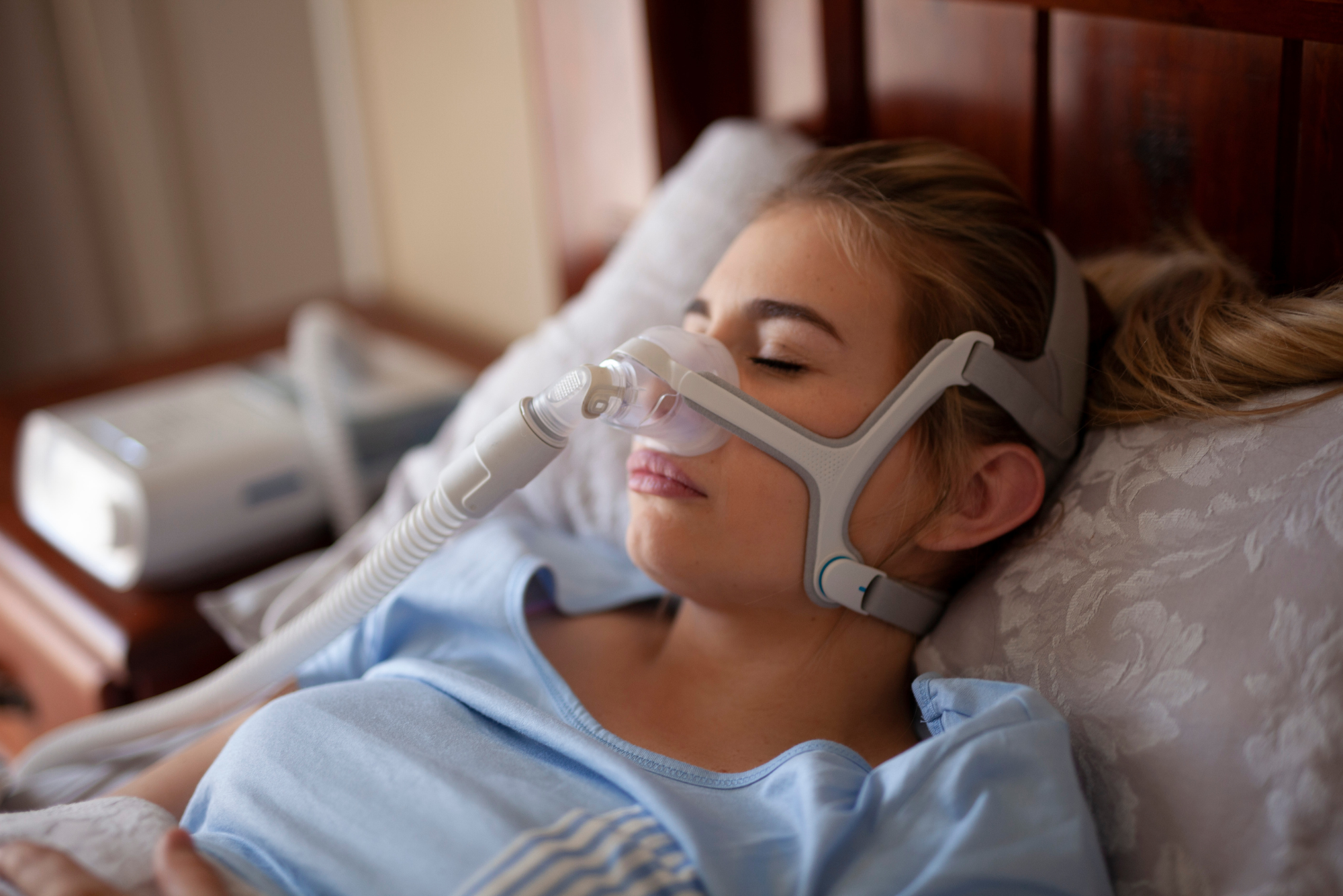
Sleep apnea affects millions. It disrupts your breathing at night. This can lead to serious health issues. Understanding it is crucial for health. Don’t ignore the warning signs.
Defining Sleep Apnea
Sleep apnea is a sleep disorder. Defining sleep apnea helps clarify. Breathing repeatedly stops and starts. This happens many times per hour. Your brain briefly wakes you up. You often don’t remember waking. This interrupts your deep sleep cycles.
There are different types of apnea. Obstructive is the most common. Central sleep apnea is less frequent. Mixed apnea combines both types. Each type has unique characteristics. All disrupt restful sleep significantly.
Obstructive Sleep Apnea (OSA)
Obstructive sleep apnea (OSA) is common. Obstructive sleep apnea (OSA) occurs when airways block. Your throat muscles relax too much. Your tongue can fall backward. This narrows or closes your airway. Air cannot flow into your lungs. You stop breathing for short periods.
Loud snoring is a key symptom. Choking or gasping may also occur. You might wake up suddenly breathless. Daytime sleepiness becomes persistent. Headaches upon waking are frequent. This type is linked to physical obstructions.
Central Sleep Apnea (CSA)
Central sleep apnea is different. Central sleep apnea involves your brain. Your brain fails to send signals. It doesn’t tell your muscles to breathe. There’s no physical blockage. Your body simply forgets to inhale. This is less common than OSA.
It’s often linked to medical conditions. Heart failure can be a cause. Stroke can also play a role. Certain medications contribute to it. The breathing pauses are often silent. Snoring is less common with CSA.
Mixed Sleep Apnea
Mixed sleep apnea combines types. Mixed sleep apnea shows features of both. It starts as central apnea. Then, an obstructive event occurs. This makes diagnosis more complex. It requires careful evaluation. Treatment often addresses both issues.
Identifying the dominant type is key. A sleep study helps determine this. The approach to treatment adjusts. This ensures comprehensive care. Understanding the blend helps. It guides effective management strategies.
Common Symptoms of Apnea
Symptoms often appear gradually. Common symptoms of apnea are important to know. Loud, disruptive snoring is typical. Pauses in breathing are noticed by others. Daytime fatigue is a major sign. You might feel sleepy even after rest.
Morning headaches are common. Difficulty concentrating also occurs. Irritability can increase significantly. You might wake up gasping for air. These signs warrant immediate attention. Don’t dismiss them as normal.
Risk Factors for Sleep Apnea
Certain factors increase your risk. Risk factors for sleep apnea vary. Obesity is a significant contributor. Excess weight around the neck adds pressure. A larger neck circumference increases risk. Men are more prone than women.
Age also plays a role in risk. Being over 40 heightens chances. Family history can increase susceptibility. Nasal congestion can worsen it. Smoking is a definite risk factor. Alcohol use relaxes throat muscles.
Diagnosing Sleep Apnea
Diagnosis involves a sleep study. Diagnosing sleep apnea begins here. Polysomnography (PSG) is gold standard. You sleep overnight in a clinic. Sensors record brain waves. They monitor breathing and heart rate. Oxygen levels are also measured.
Home sleep apnea tests exist. They are simpler for some cases. These record fewer data points. A doctor interprets the results. They confirm the diagnosis accurately. This assessment guides treatment decisions.
CPAP Therapy as Treatment
CPAP is a primary treatment. CPAP therapy as treatment is effective. Continuous positive airway pressure. A machine delivers steady air. A mask covers your nose or mouth. It keeps your airway open. This prevents breathing pauses.
CPAP is highly effective for OSA. It improves sleep quality greatly. Users report more energy. Compliance is crucial for success. It takes time to adjust to it. Many different mask types exist. Finding the right fit helps.
Other Airway Pressure Devices
Other devices also help breathing. Other airway pressure devices exist. BiPAP delivers two pressure levels. One for inhaling, one for exhaling. Auto-CPAP adjusts pressure automatically. These offer more flexibility. They suit different patient needs.
ASV (Adaptive Servo-Ventilation) is for CSA. It monitors breathing patterns. It provides tailored support. Your doctor decides the best device. Each aims to stabilize breathing. The goal is uninterrupted sleep.
Oral Appliances for Mild Apnea
Oral appliances can be an option. Oral appliances for mild apnea are useful. These are custom-fitted devices. They reposition your jaw or tongue. This keeps your airway open. A dentist creates these appliances. They are often used for mild to moderate OSA.
They are less intrusive than CPAP. Some find them more comfortable. Regular follow-ups are important. This ensures continued effectiveness. They are not suitable for everyone. Your doctor assesses their suitability.
Lifestyle Changes and Remedies
Lifestyle changes can improve apnea. Lifestyle changes and remedies are helpful. Losing excess weight can reduce symptoms. Avoiding alcohol before bedtime helps. Sleeping on your side often works. Elevating your head can reduce snoring.
Quitting smoking is highly beneficial. Treating nasal congestion helps breathing. Regular exercise improves overall health. These changes support other treatments. They can reduce the severity of apnea. They enhance your well-being.
Surgical Options for Apnea
Surgery is sometimes an option. Surgical options for apnea exist. It’s usually a last resort. Tonsillectomy might help children. Uvulopalatopharyngoplasty (UPPP) removes tissue. This widens the airway opening. Maxillomandibular advancement (MMA) moves jawbones.
Hypoglossal nerve stimulation is newer. It moves the tongue forward. Surgery carries inherent risks. It’s not always successful. Your doctor discusses pros and cons. They consider your specific anatomy.
The Importance of Adherence
Treatment adherence is paramount. The importance of adherence cannot be overstated. Consistent use of CPAP is vital. Following lifestyle changes helps. Regular medical check-ups are necessary. This ensures treatment effectiveness. Ignoring treatment risks complications.
Untreated apnea leads to heart problems. High blood pressure is common. Stroke risk increases significantly. Diabetes can worsen with apnea. Accidents due to daytime sleepiness happen. Prioritize your treatment plan always.
Living with Sleep Apnea
Living with sleep apnea needs management. Living with sleep apnea is a journey. It requires ongoing adjustments. Support groups can be helpful. Sharing experiences provides comfort. Educating loved ones helps them understand.
Advocate for your own health needs. Communicate openly with your doctor. Regular follow-ups are essential. This ensures optimal treatment. You can live a full, healthy life. With proper care, symptoms improve.
Sleep apnea, a serious breathing disorder, is treatable with CPAP, lifestyle changes, and other interventions, vastly improving health and daily life.
